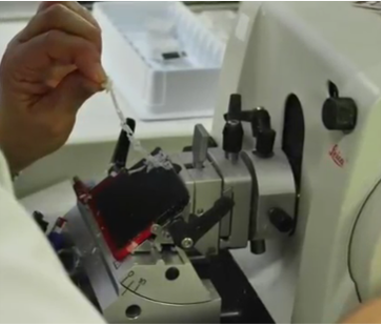
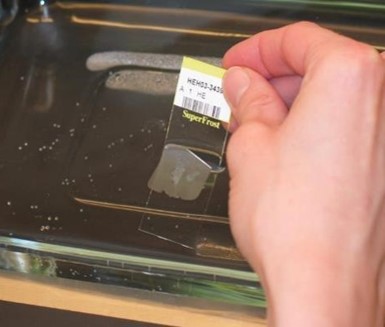
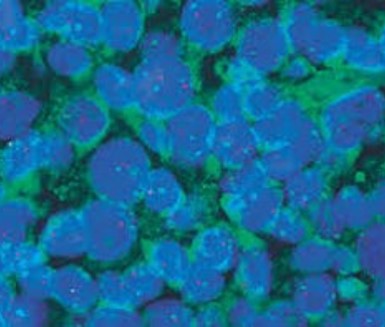
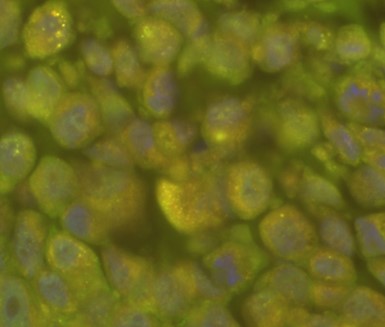
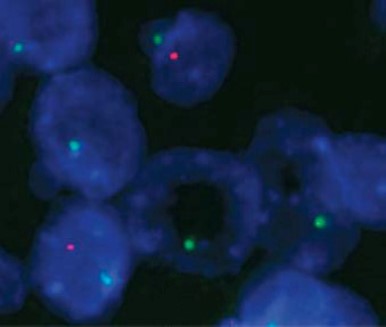
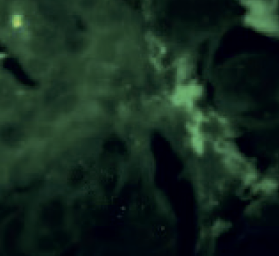
Hotplate pros
Hotplate cons
Hybridizer pros
Hybridizer cons
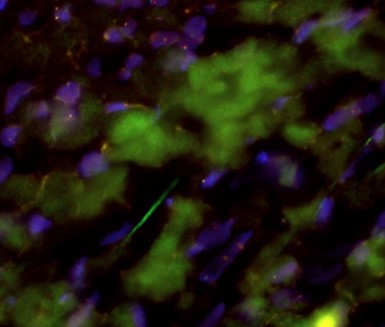
Hotplate pros
Hotplate cons
Hybridizer pros
Hybridizer cons
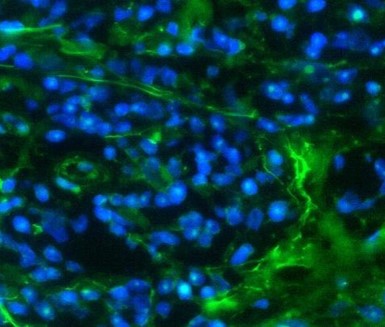
All laboratories should validate their own protocol and analysis guidelines according to their regional guidelines. This webpage is for general FFPE FISH troubleshooting, following standard cytogenetic practices such as those found in the AGT Cytogenetics Laboratory Manual (2017), and is not suggesting intended uses for any CytoCell product nor should any be inferred by the reader.